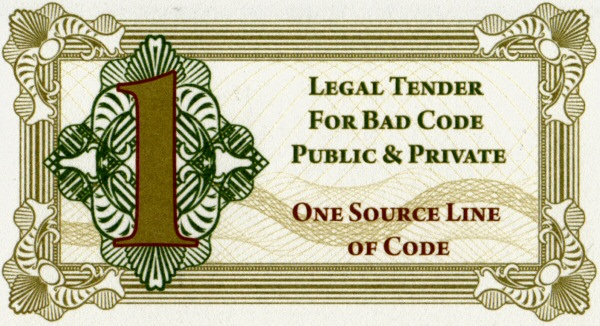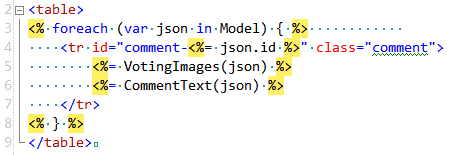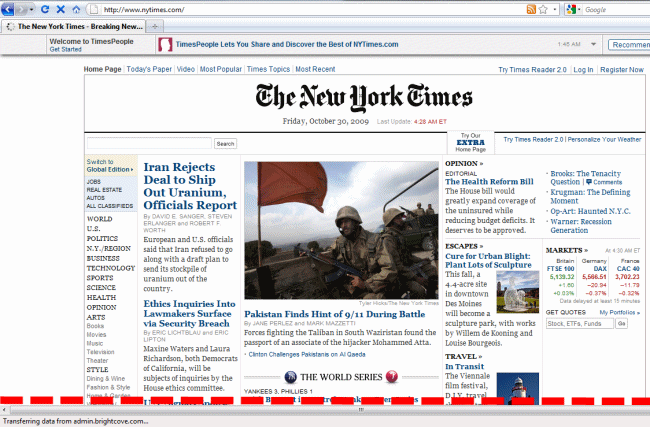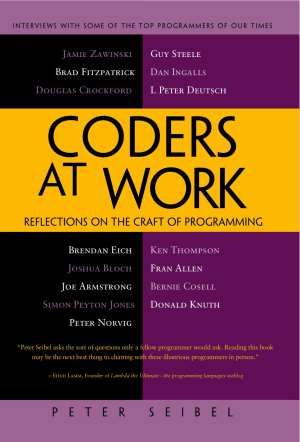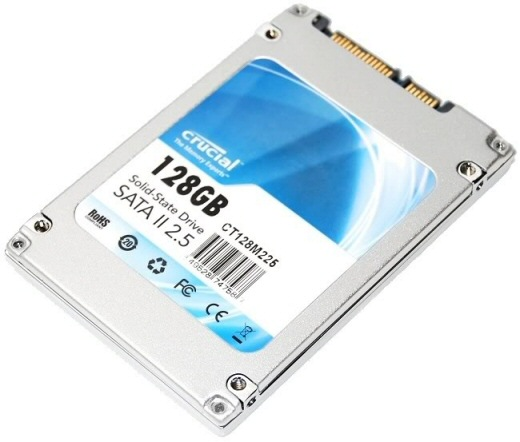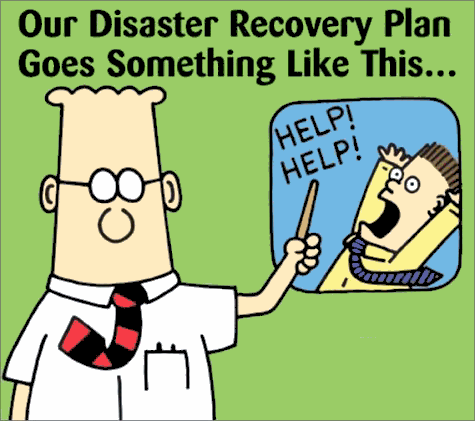
backups
International Backup Awareness Day
You may notice that commenting is currently disabled, and many old Coding Horror posts are missing images. That’s because, sometime early on Friday, the server this blog is hosted on suffered catastrophic data loss. Here’s what happened: 1. The server experienced routine hard drive failure. 2. Because of

